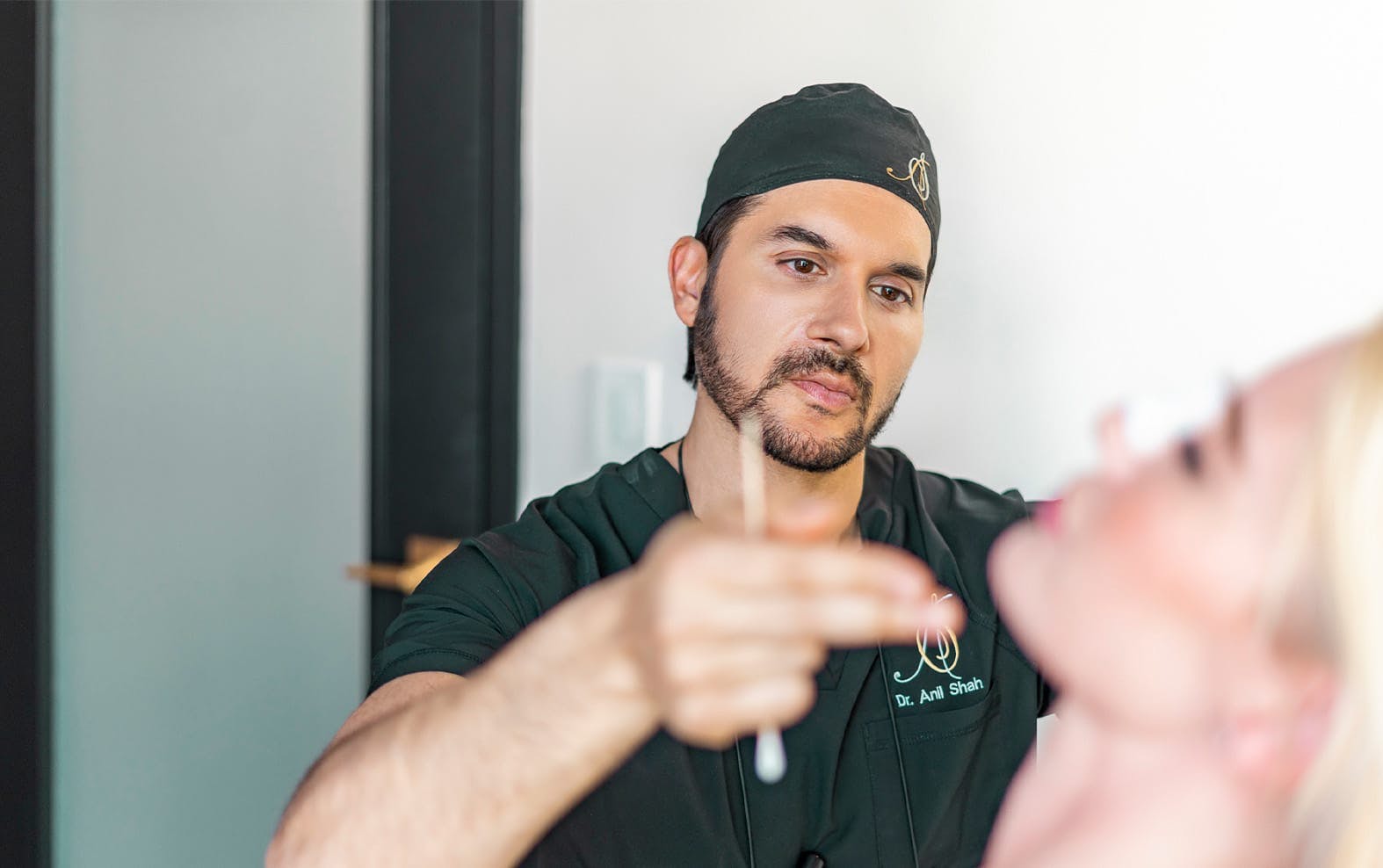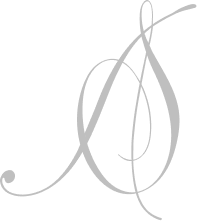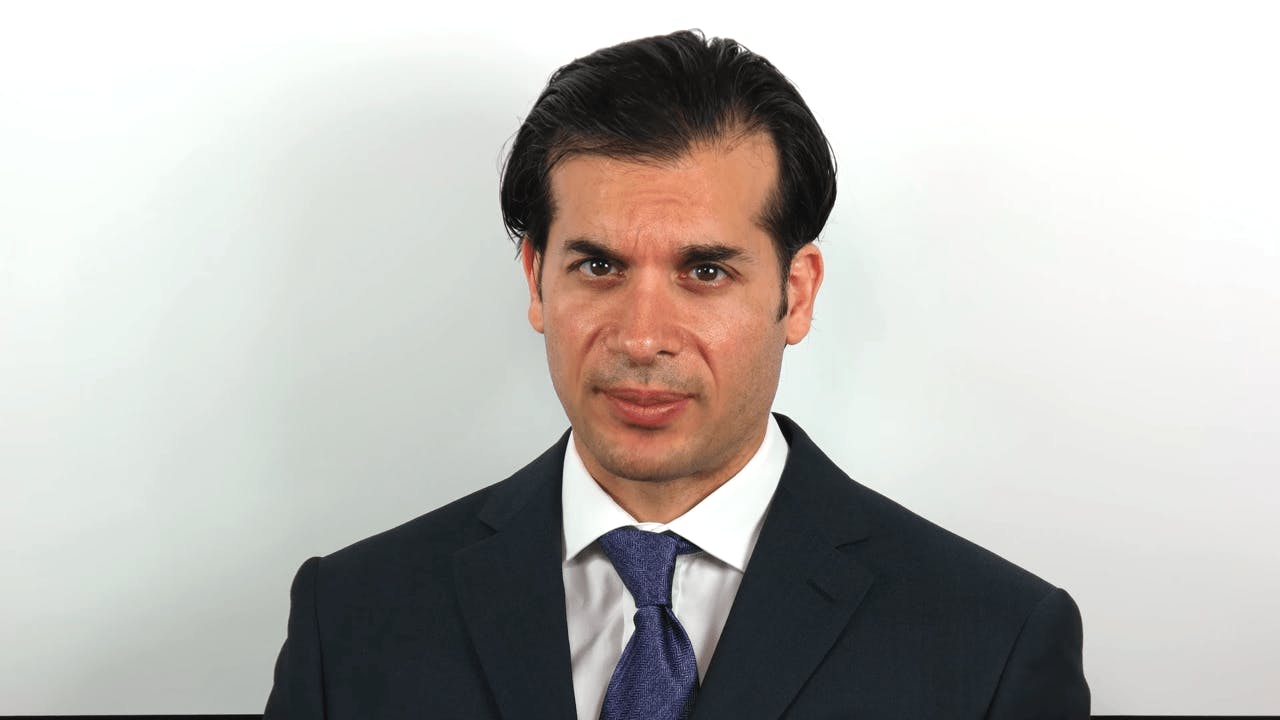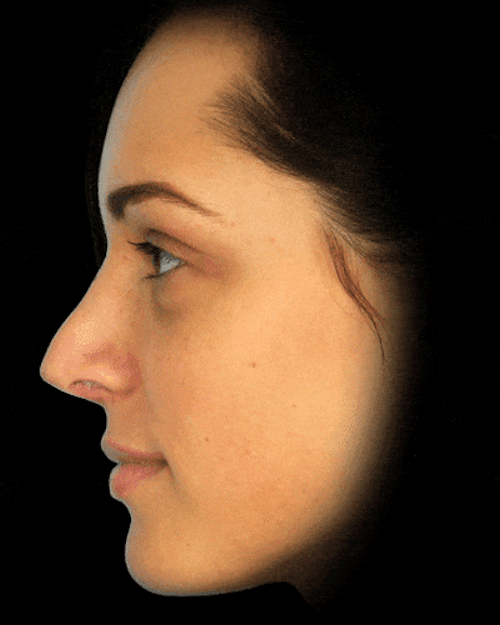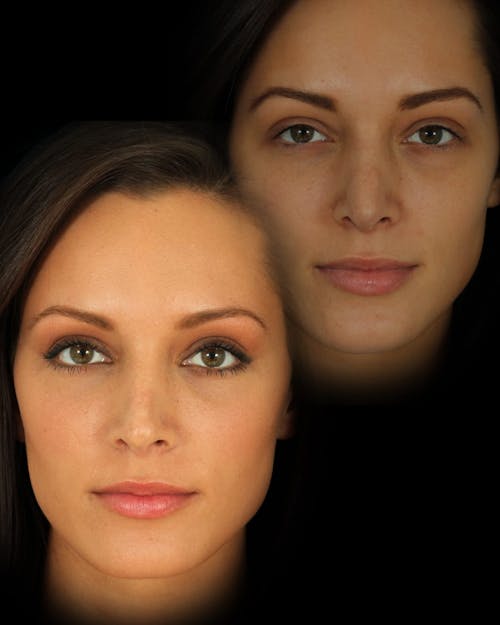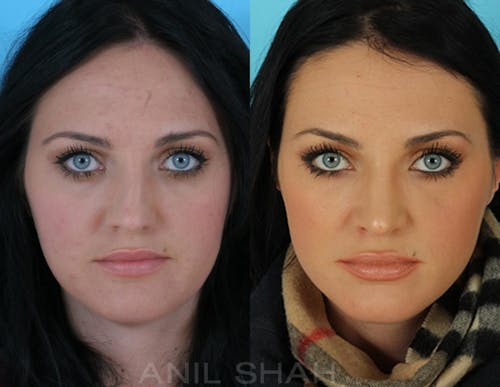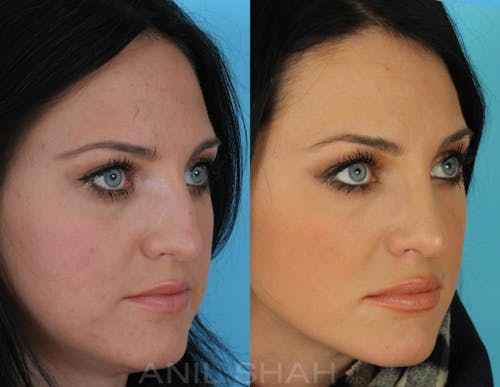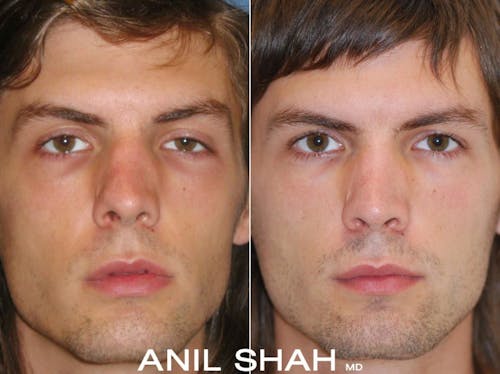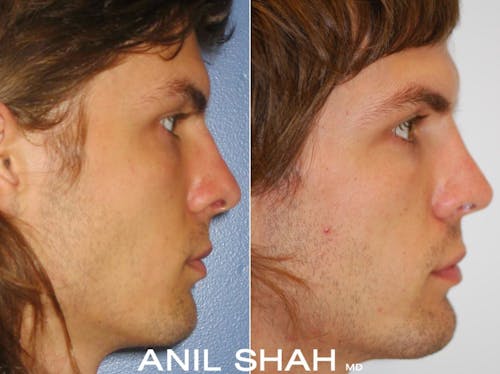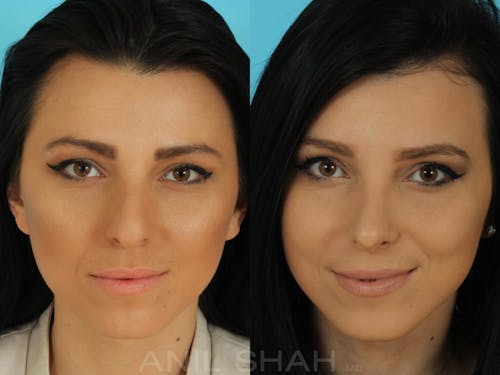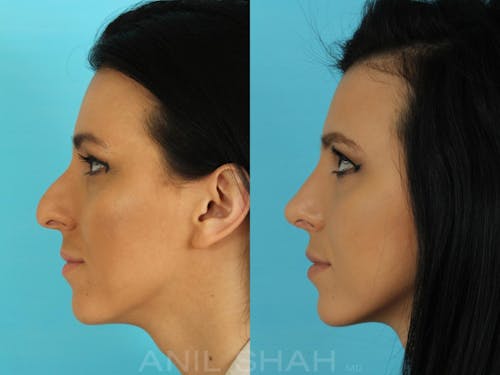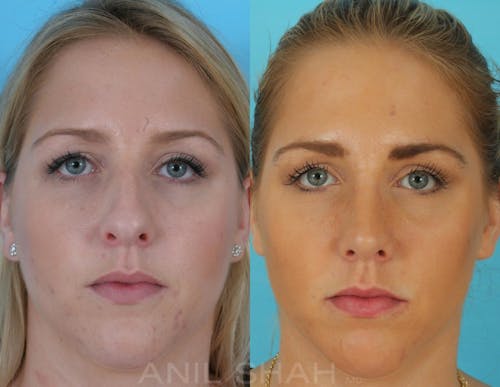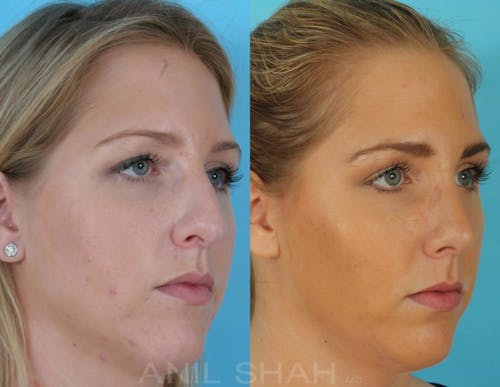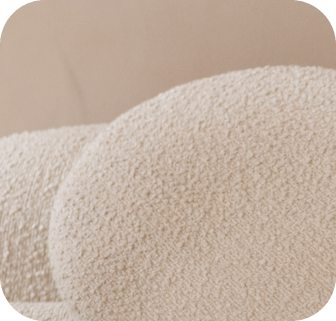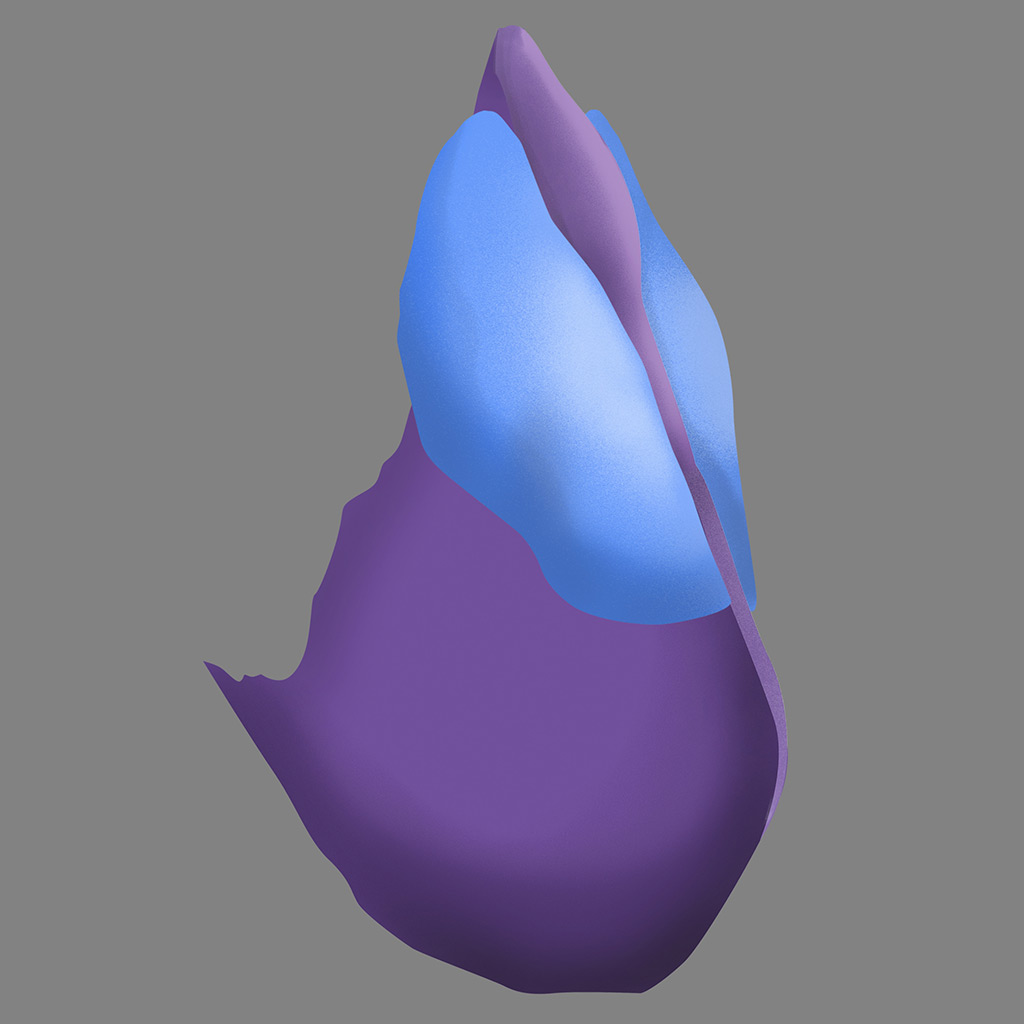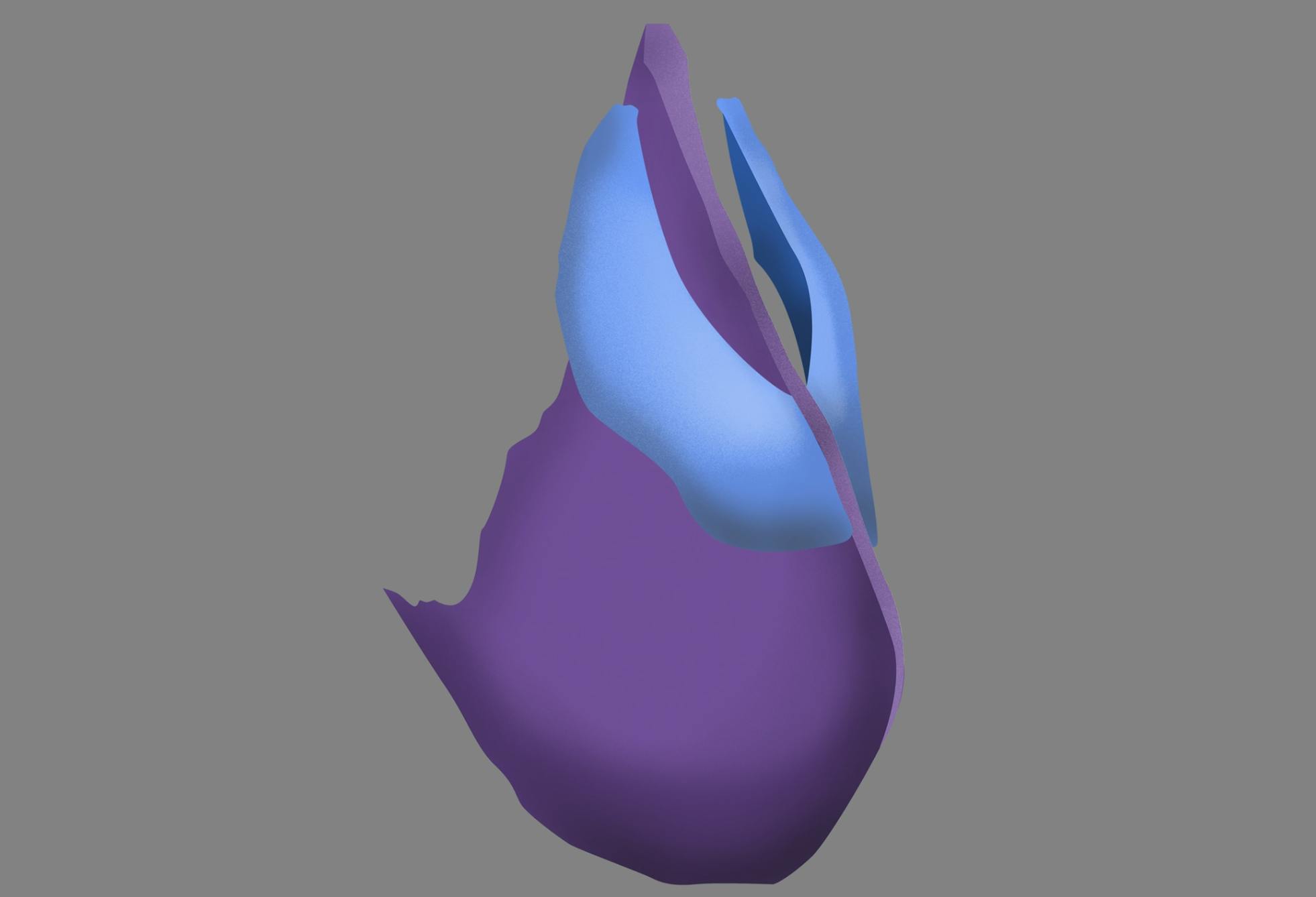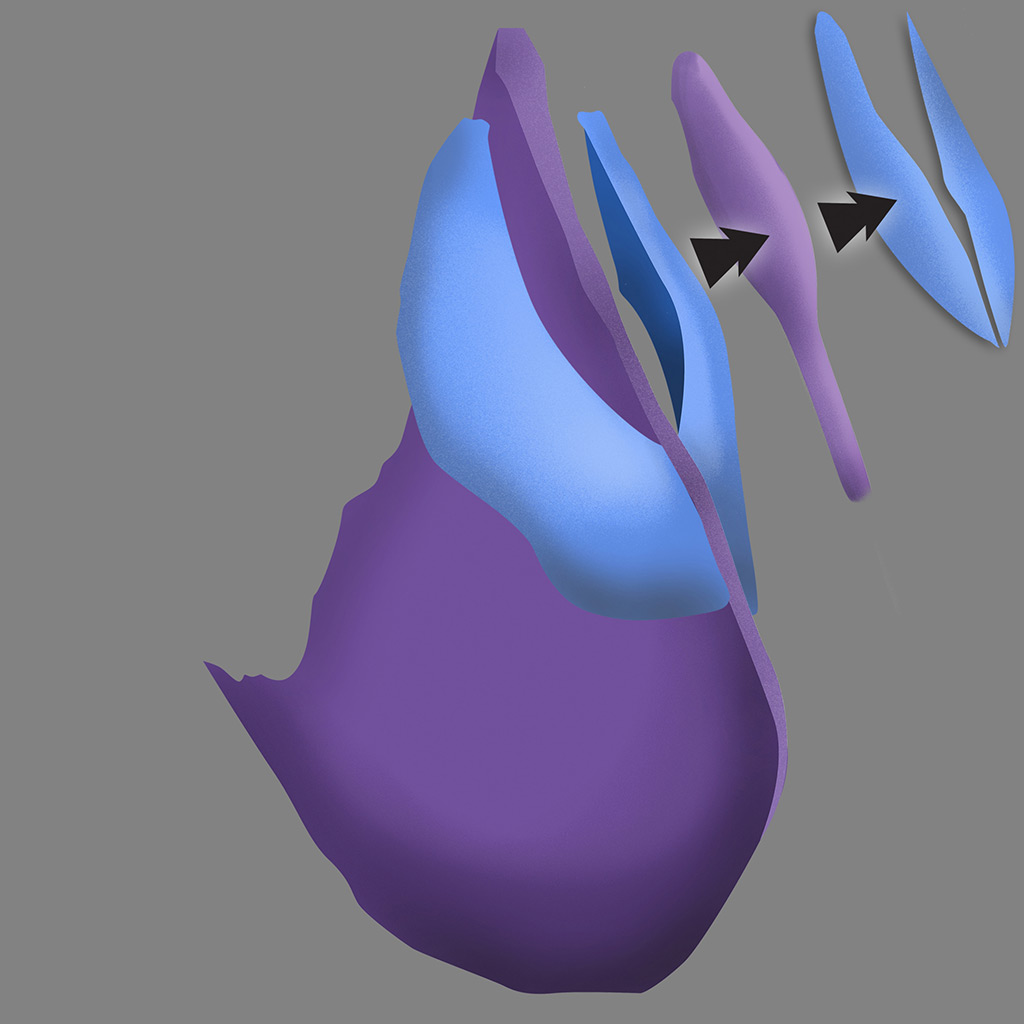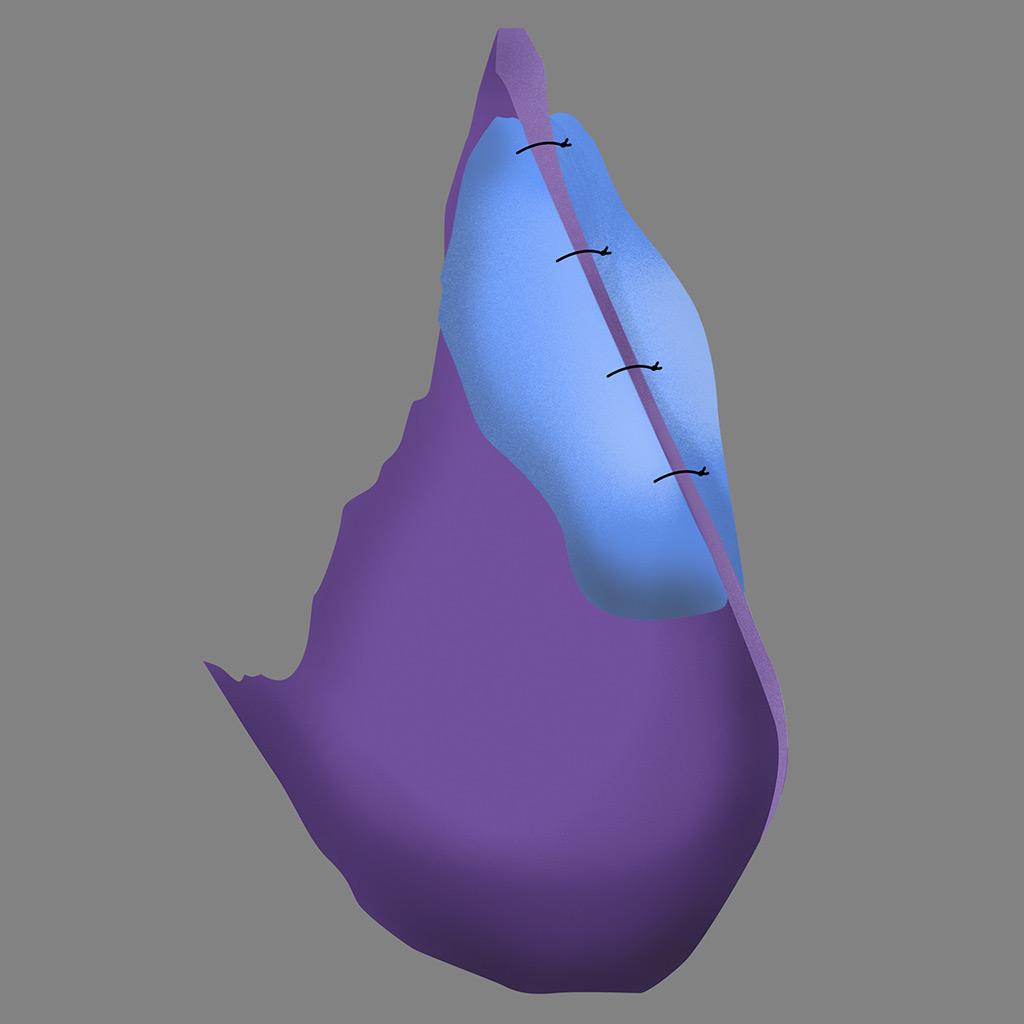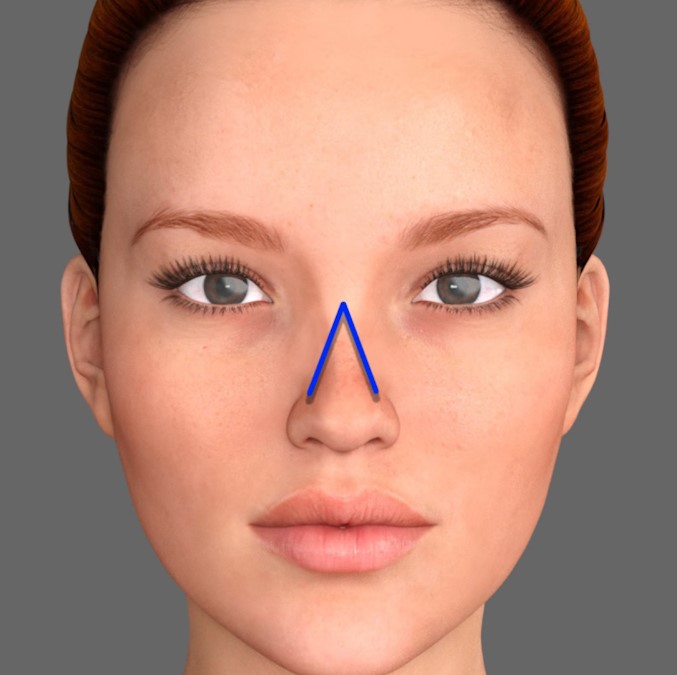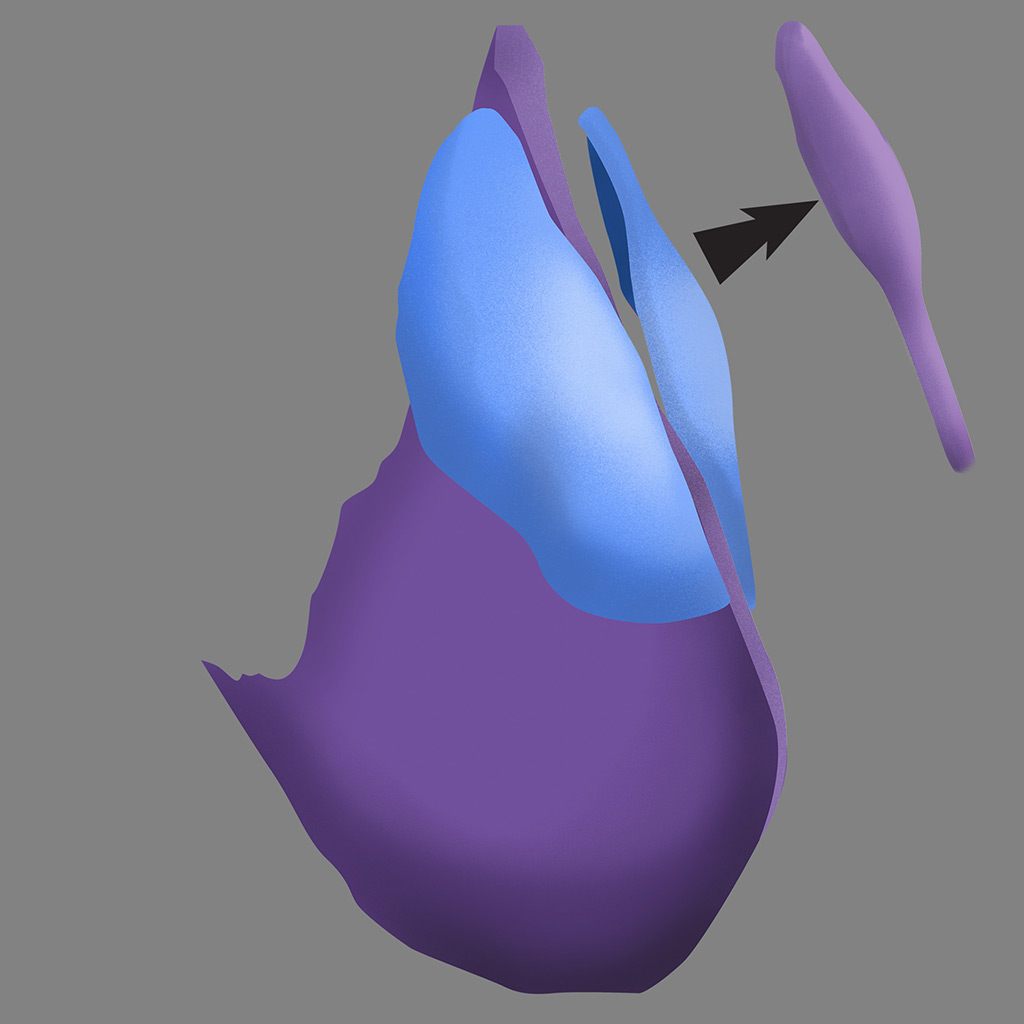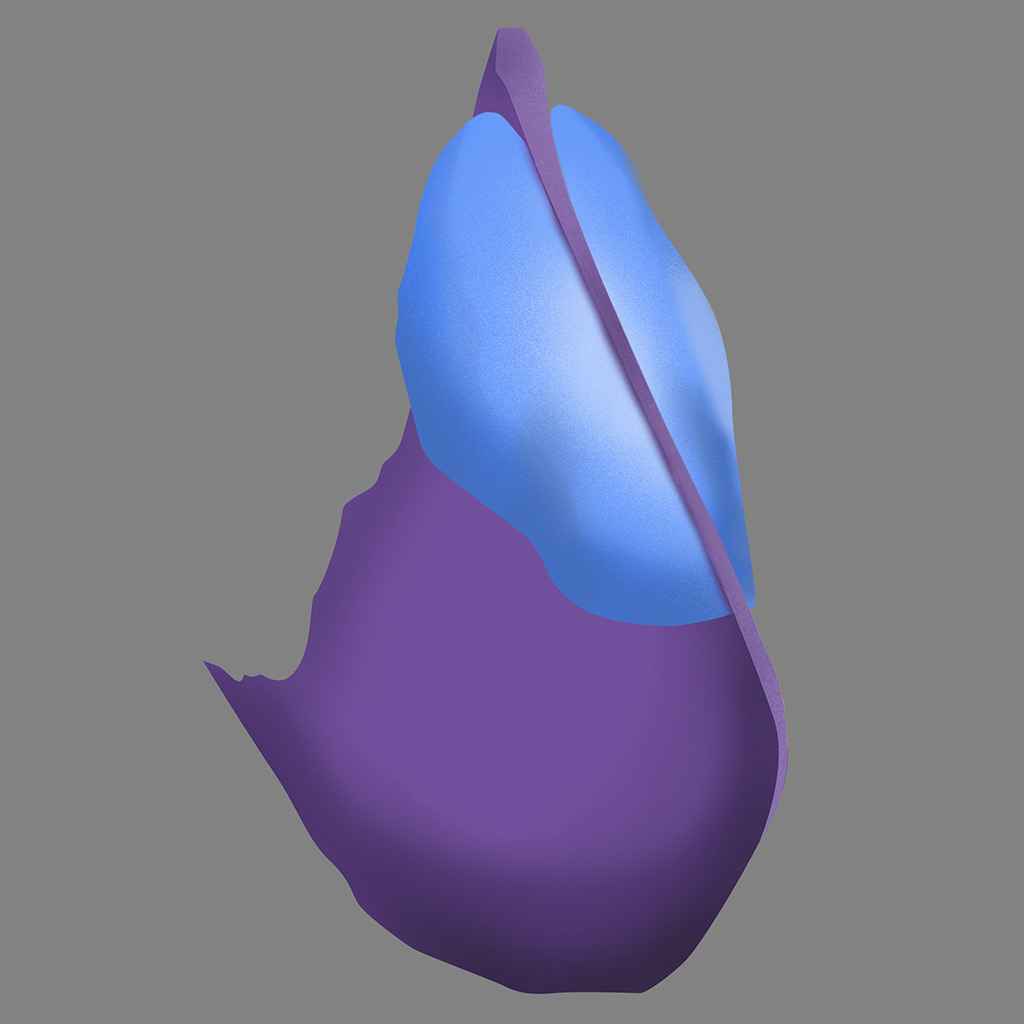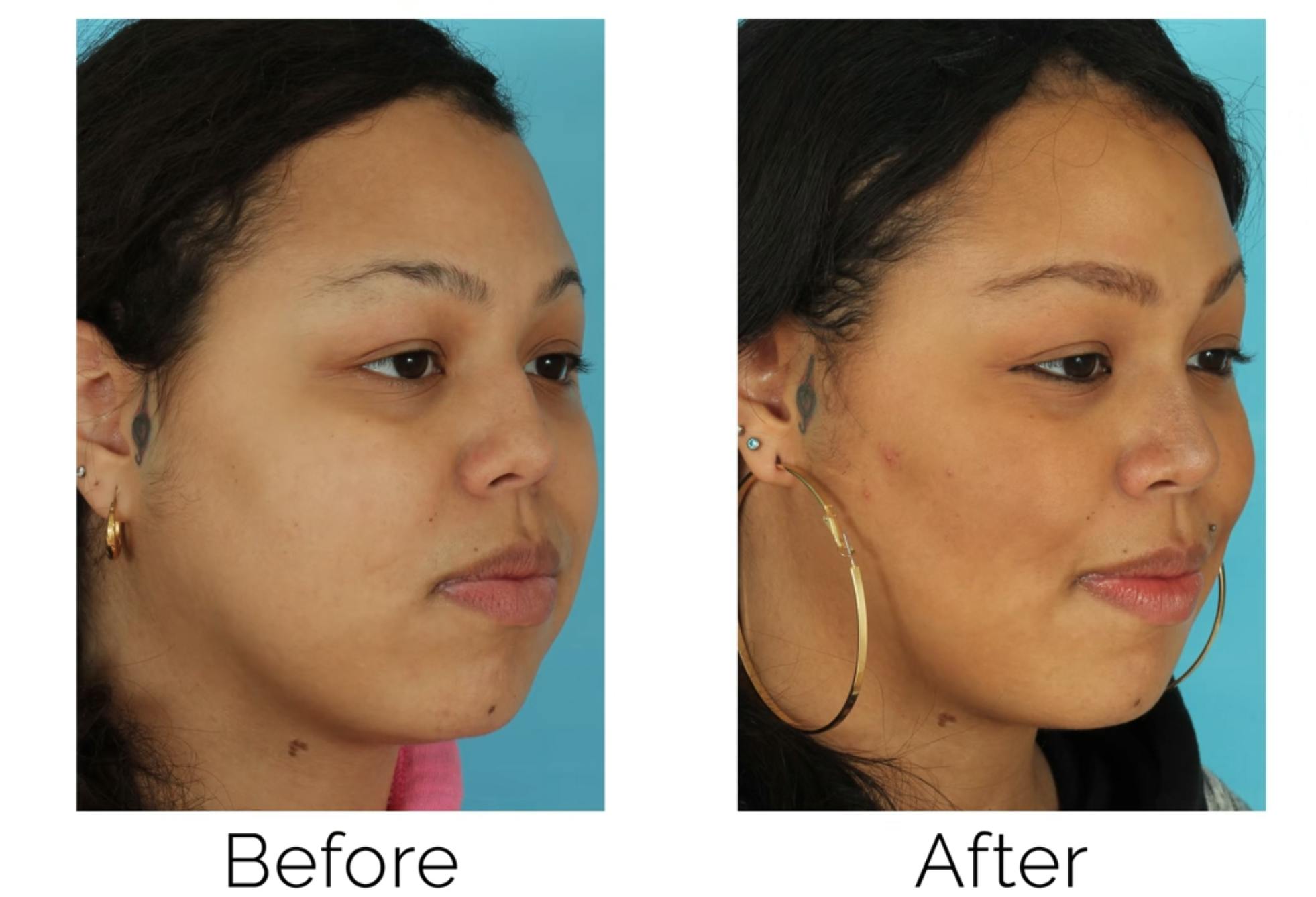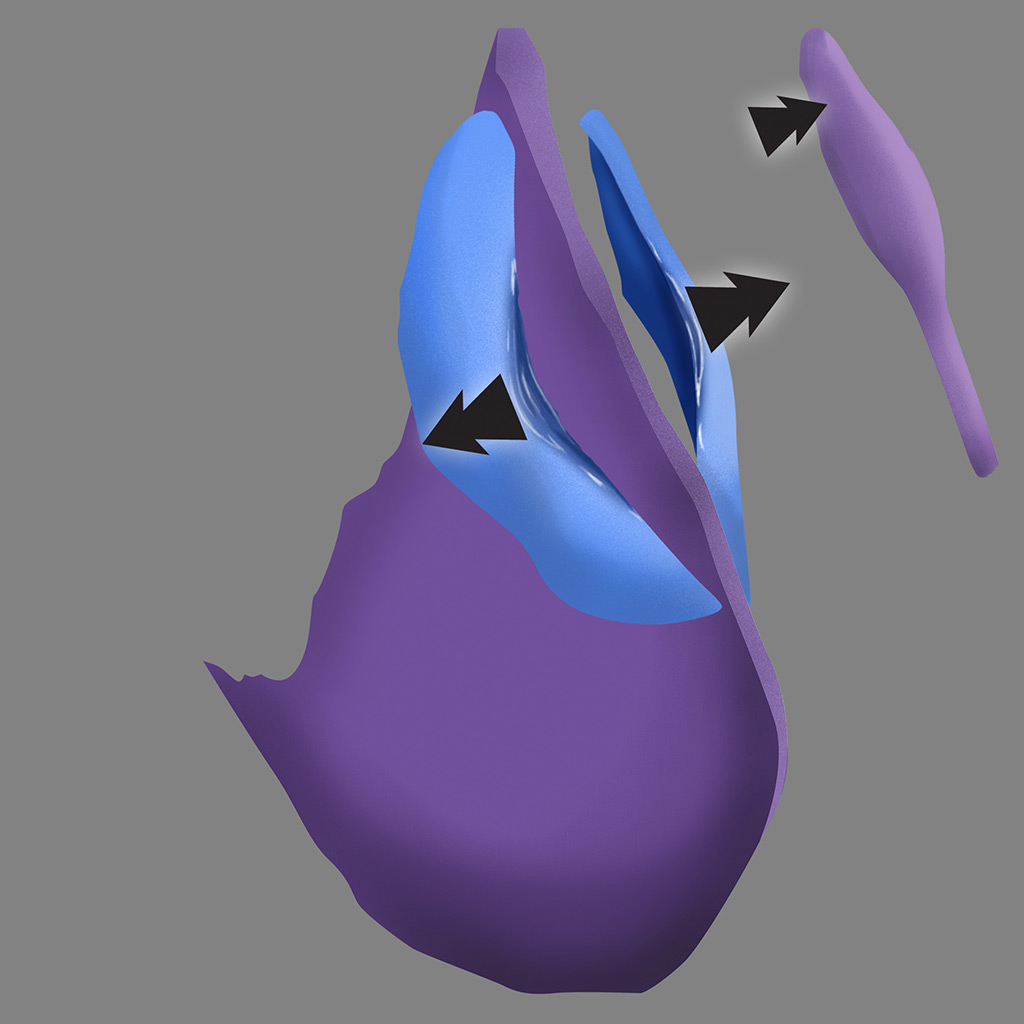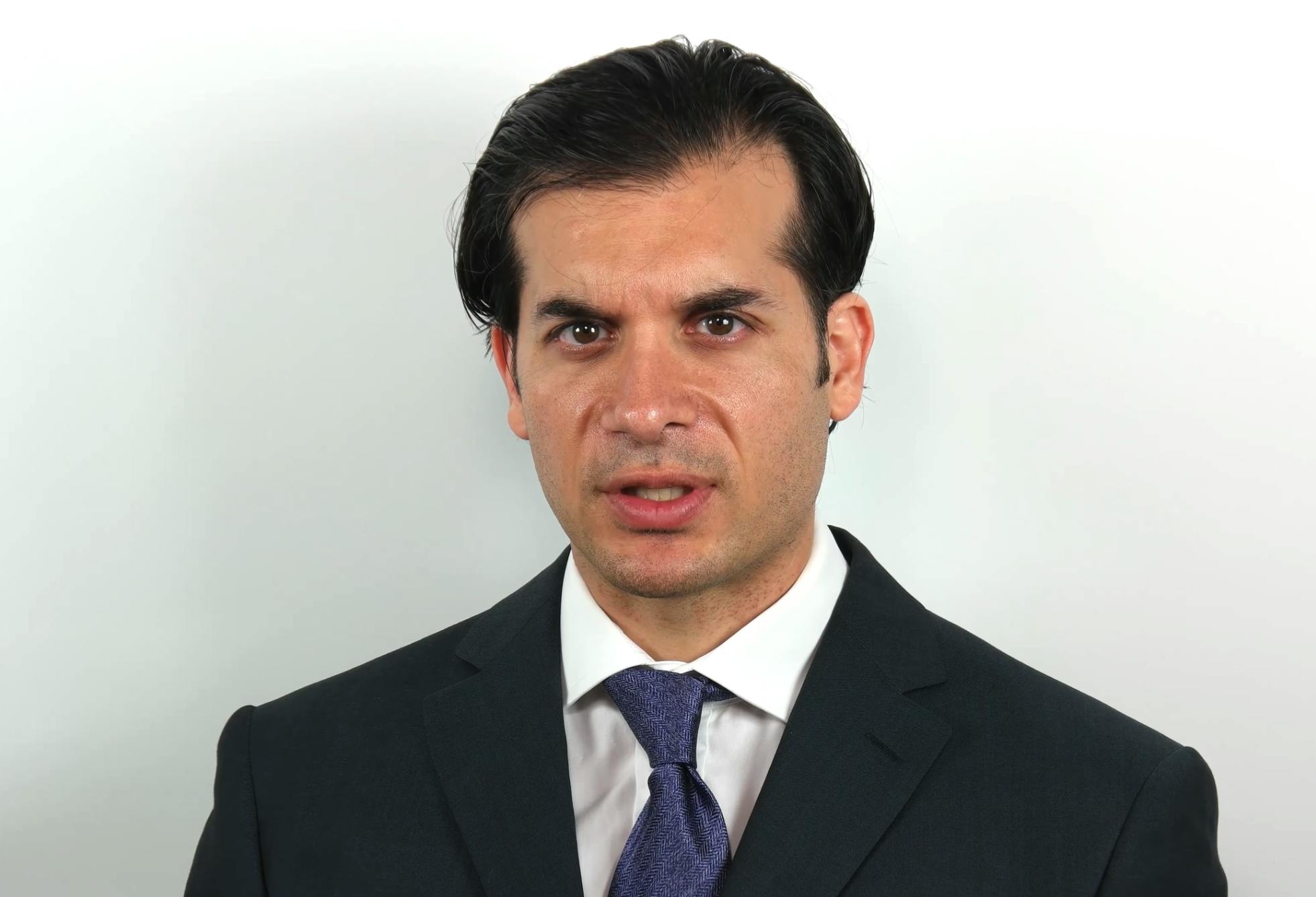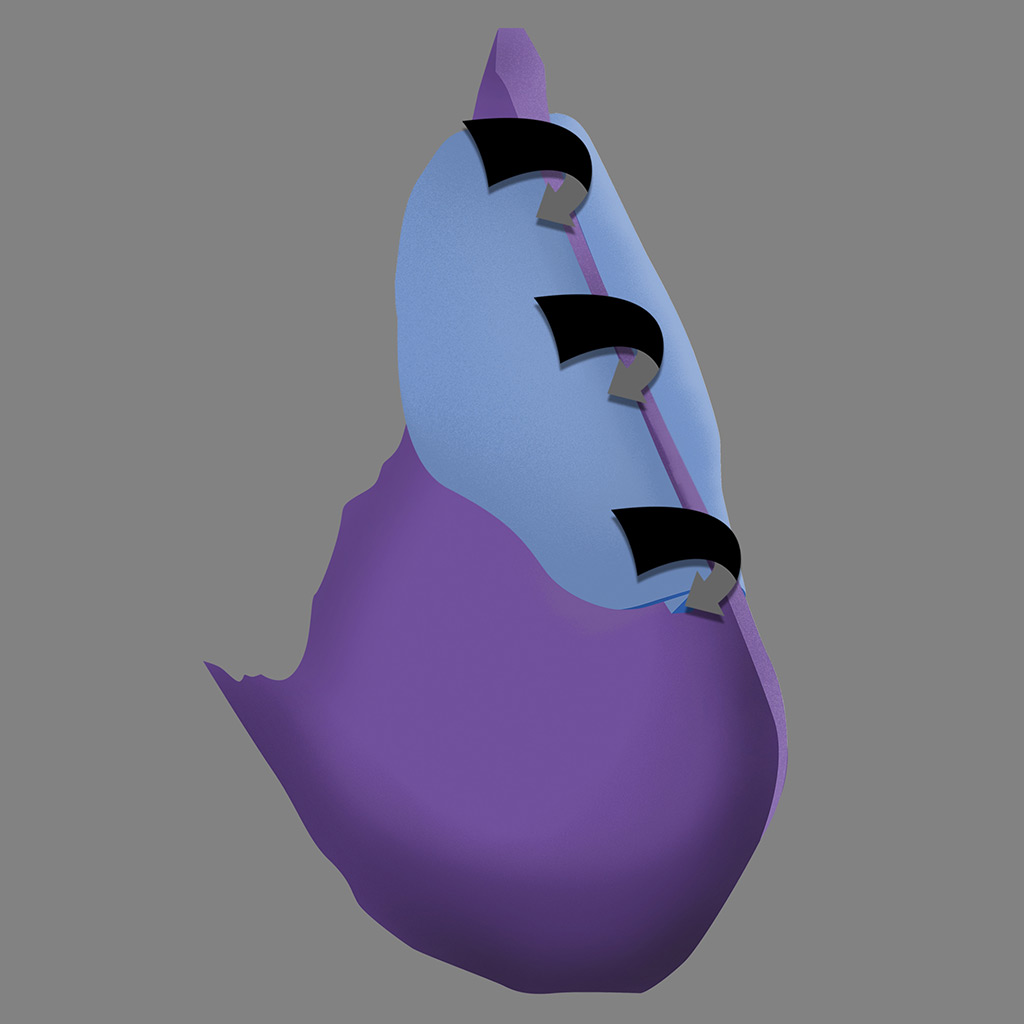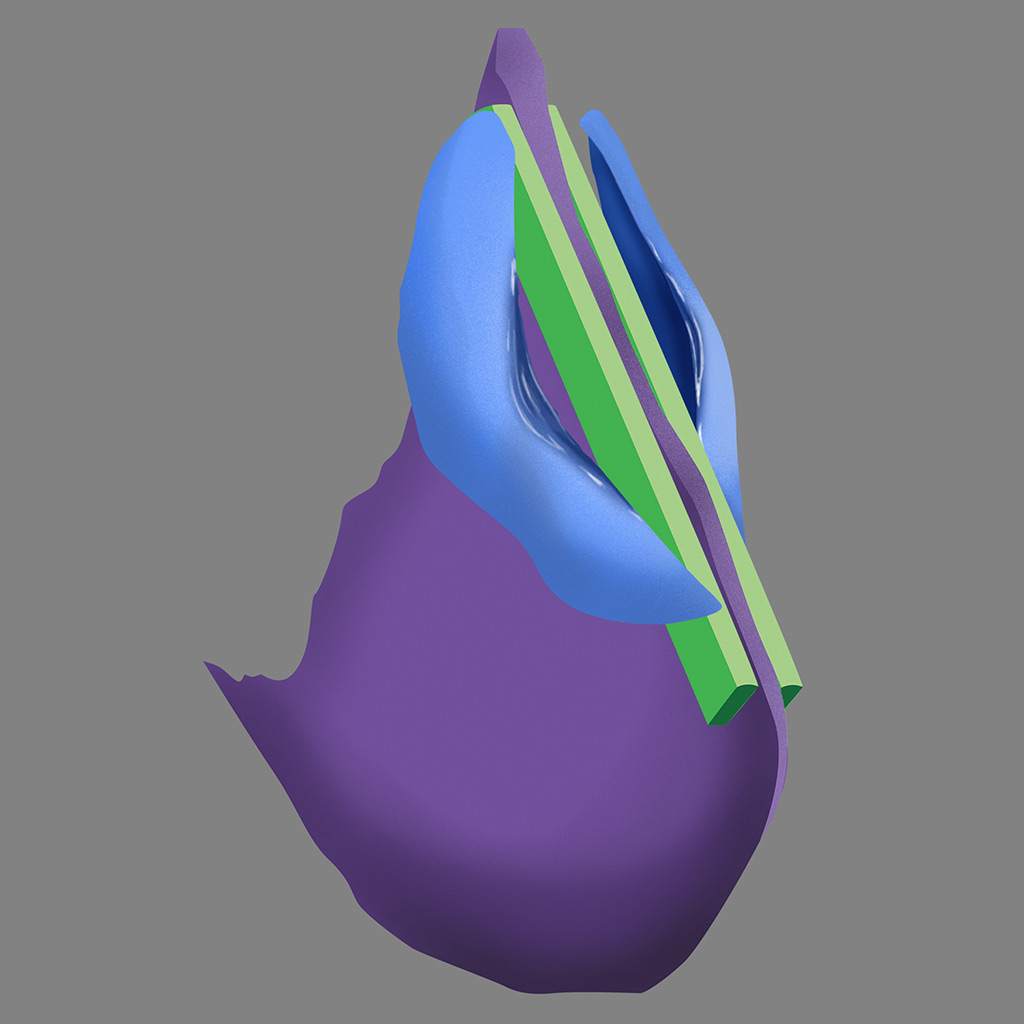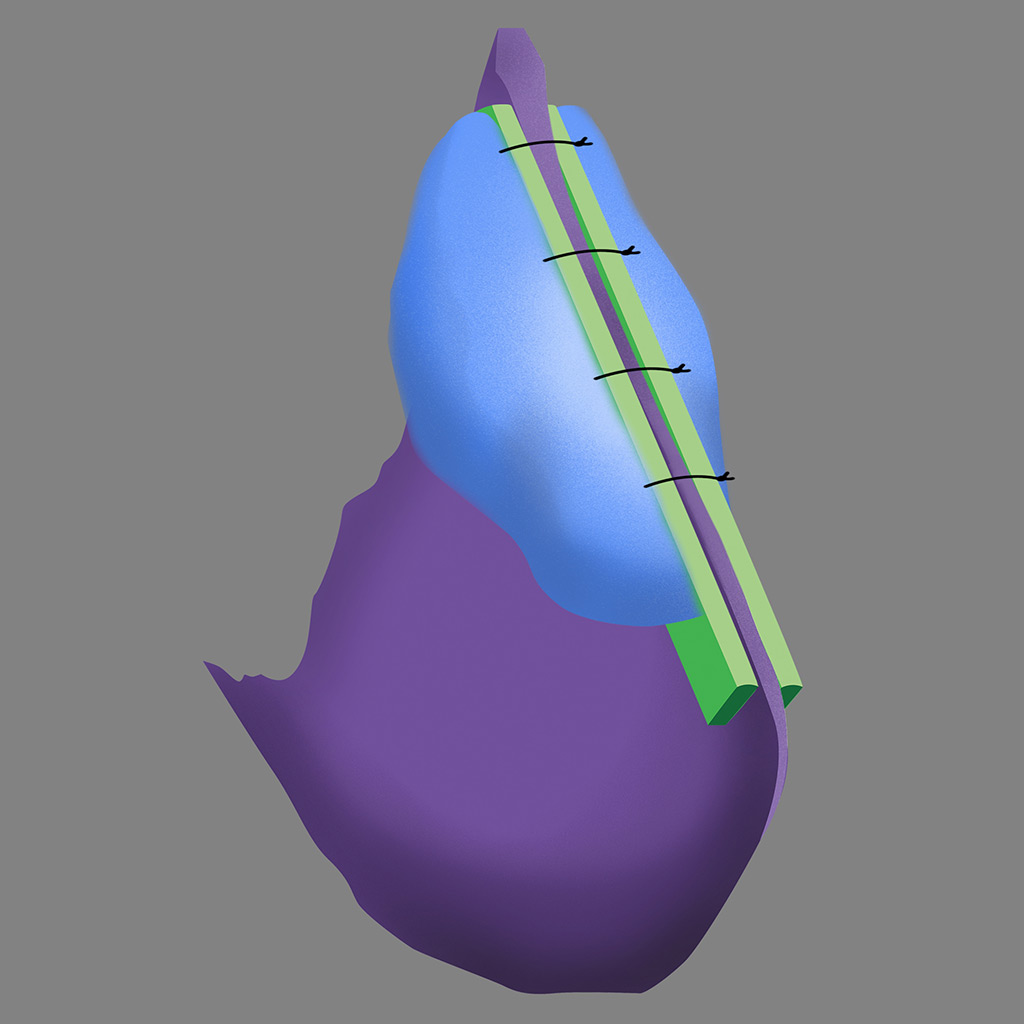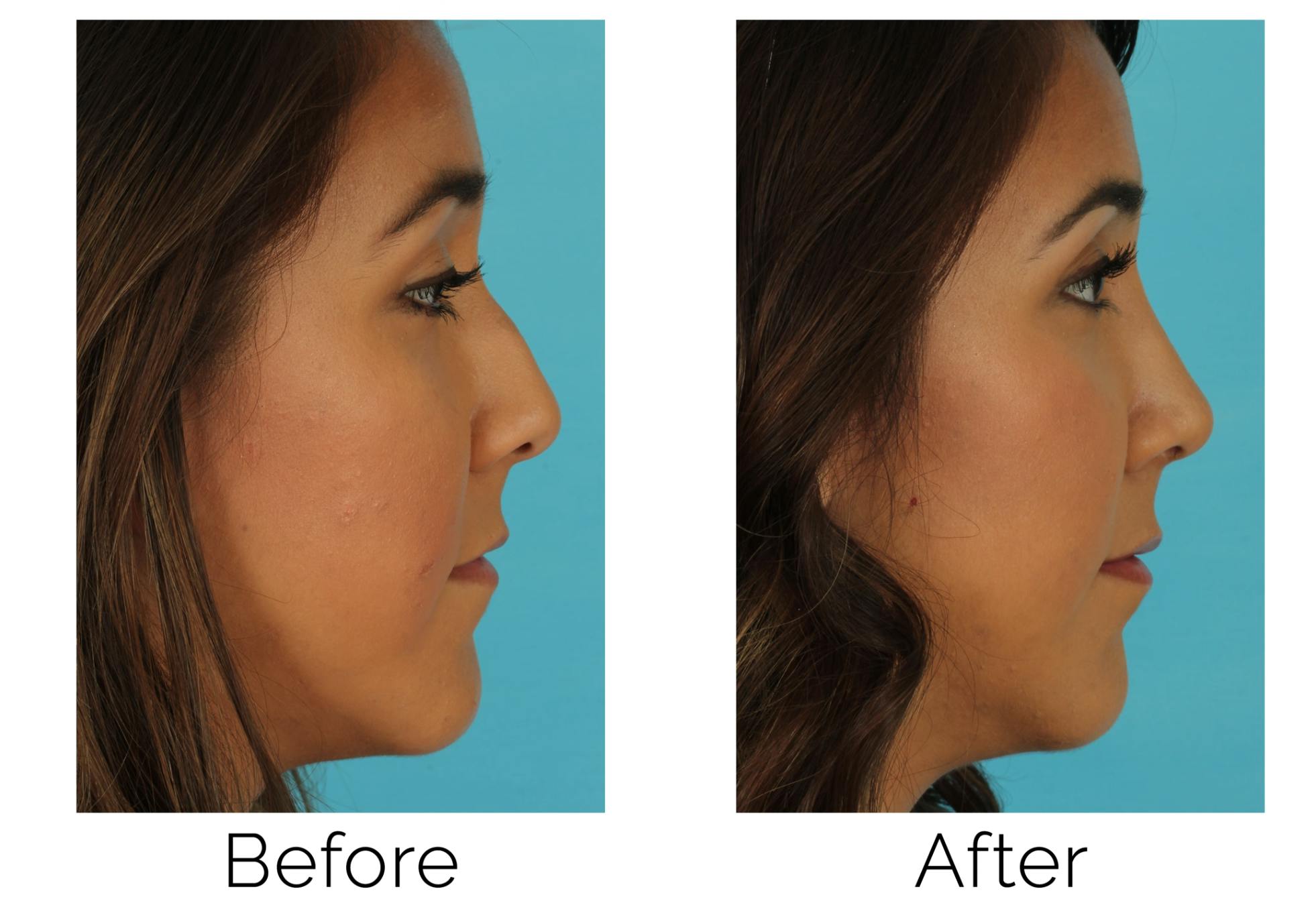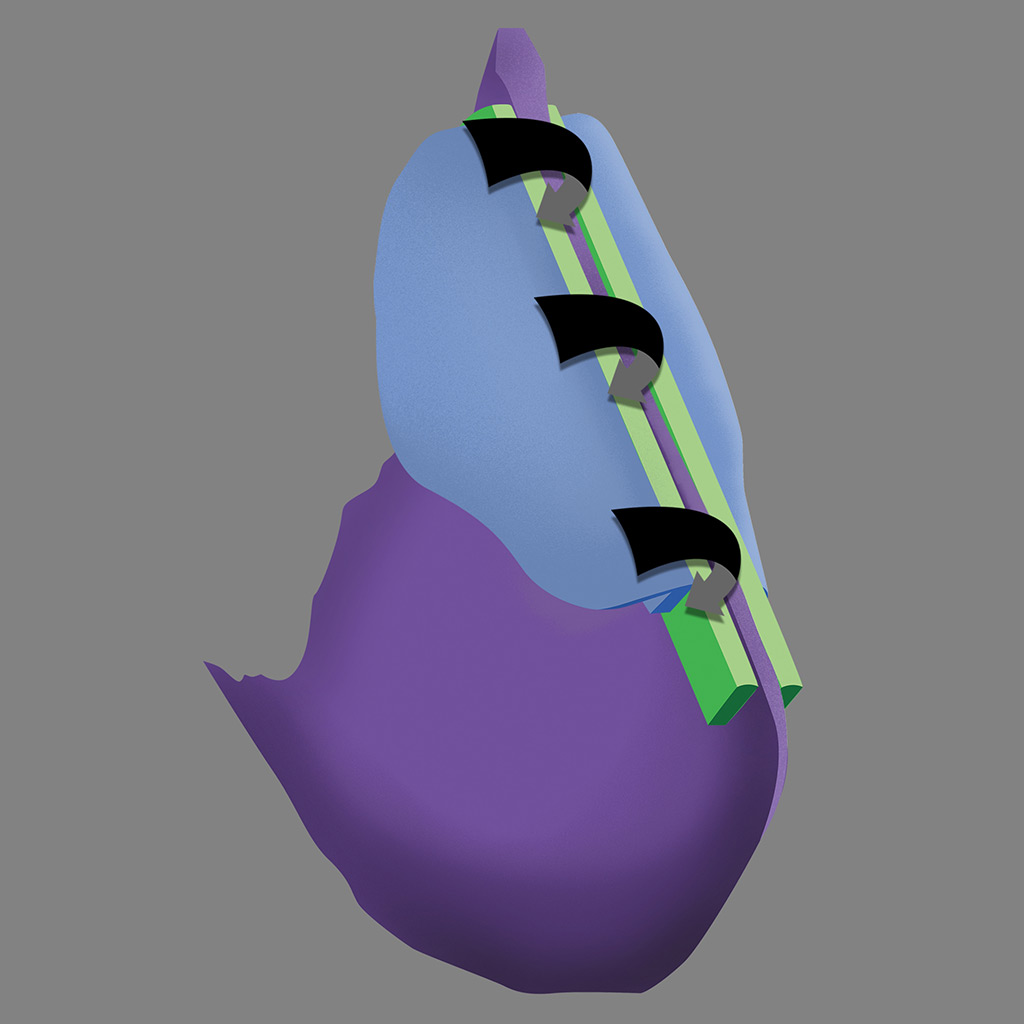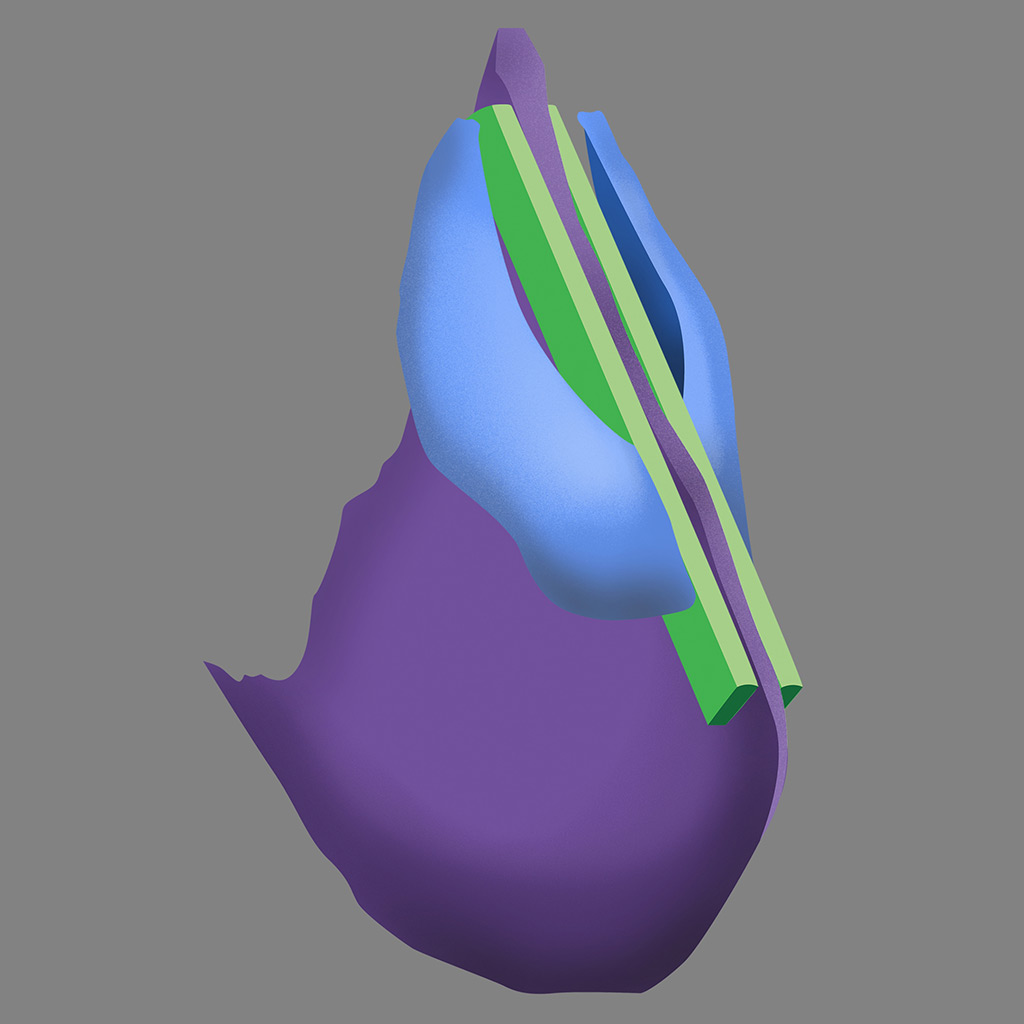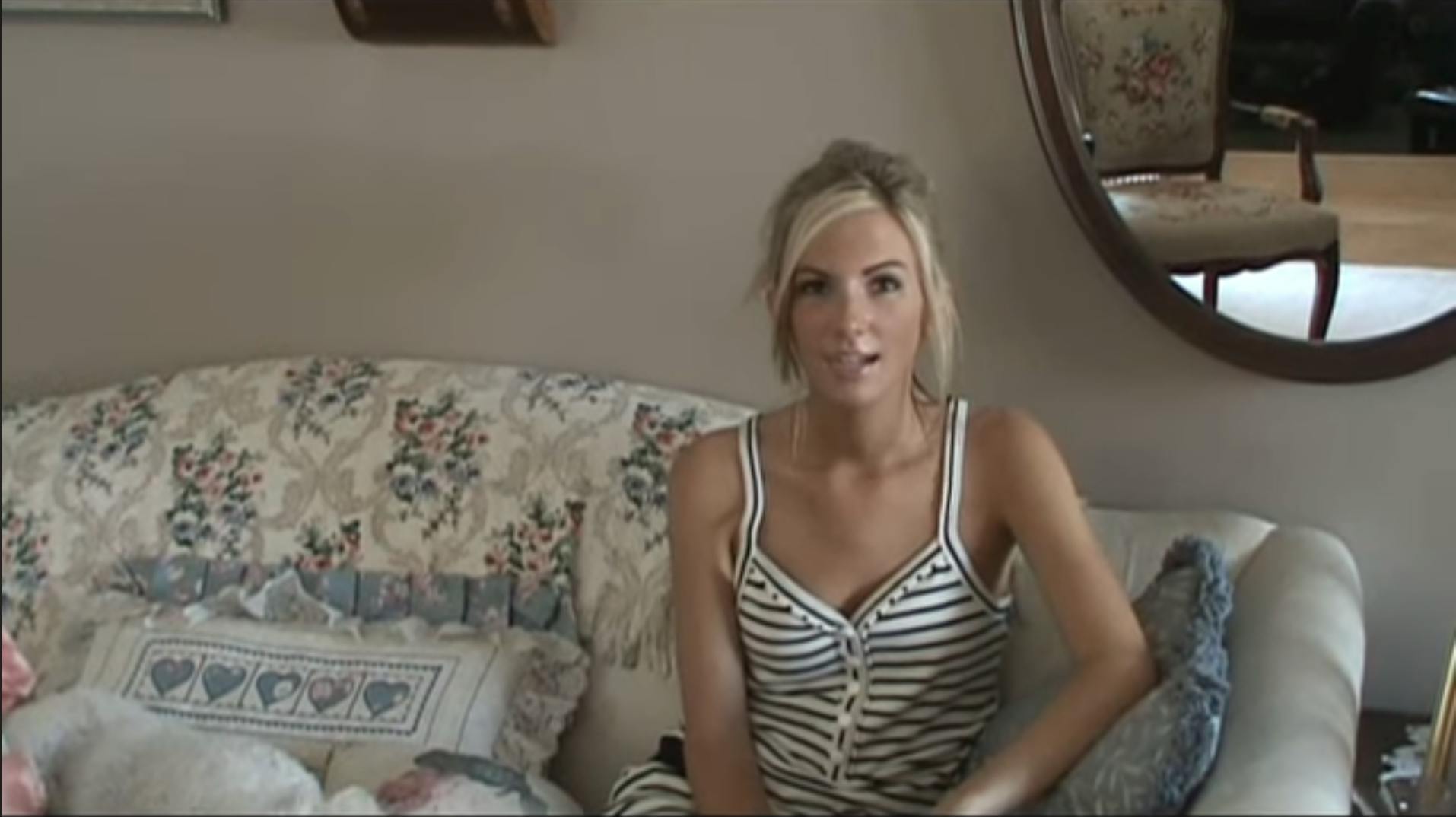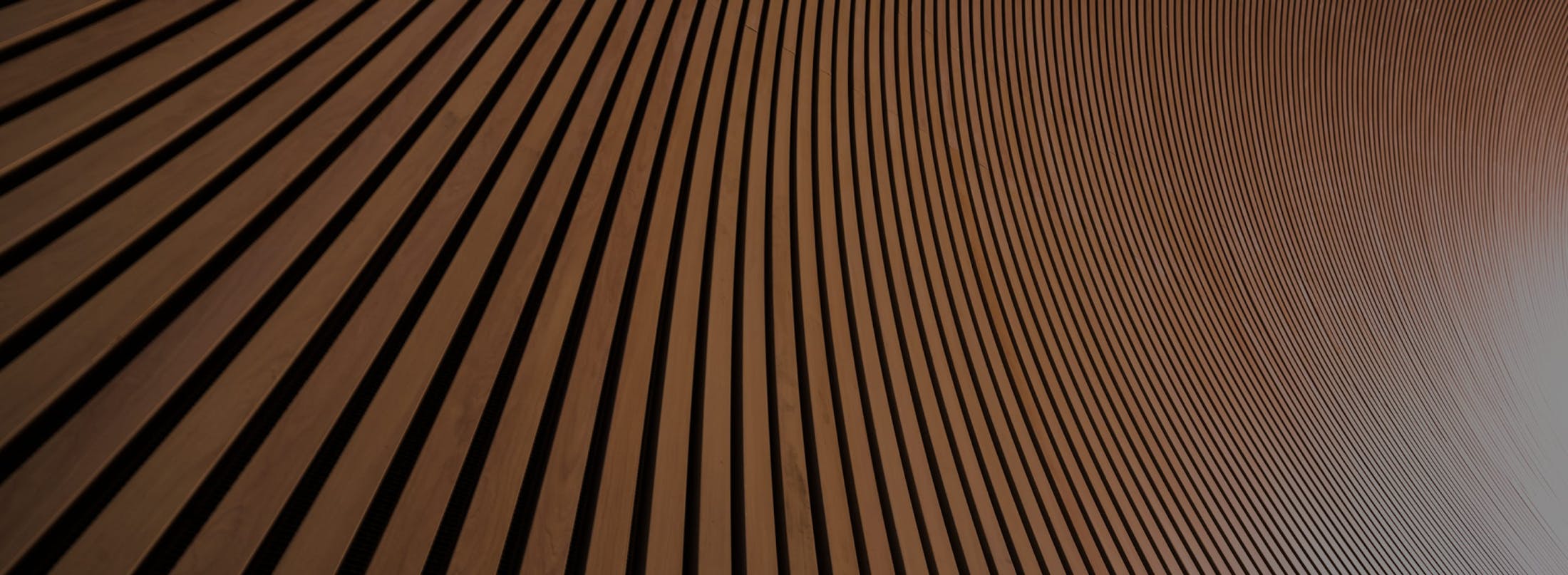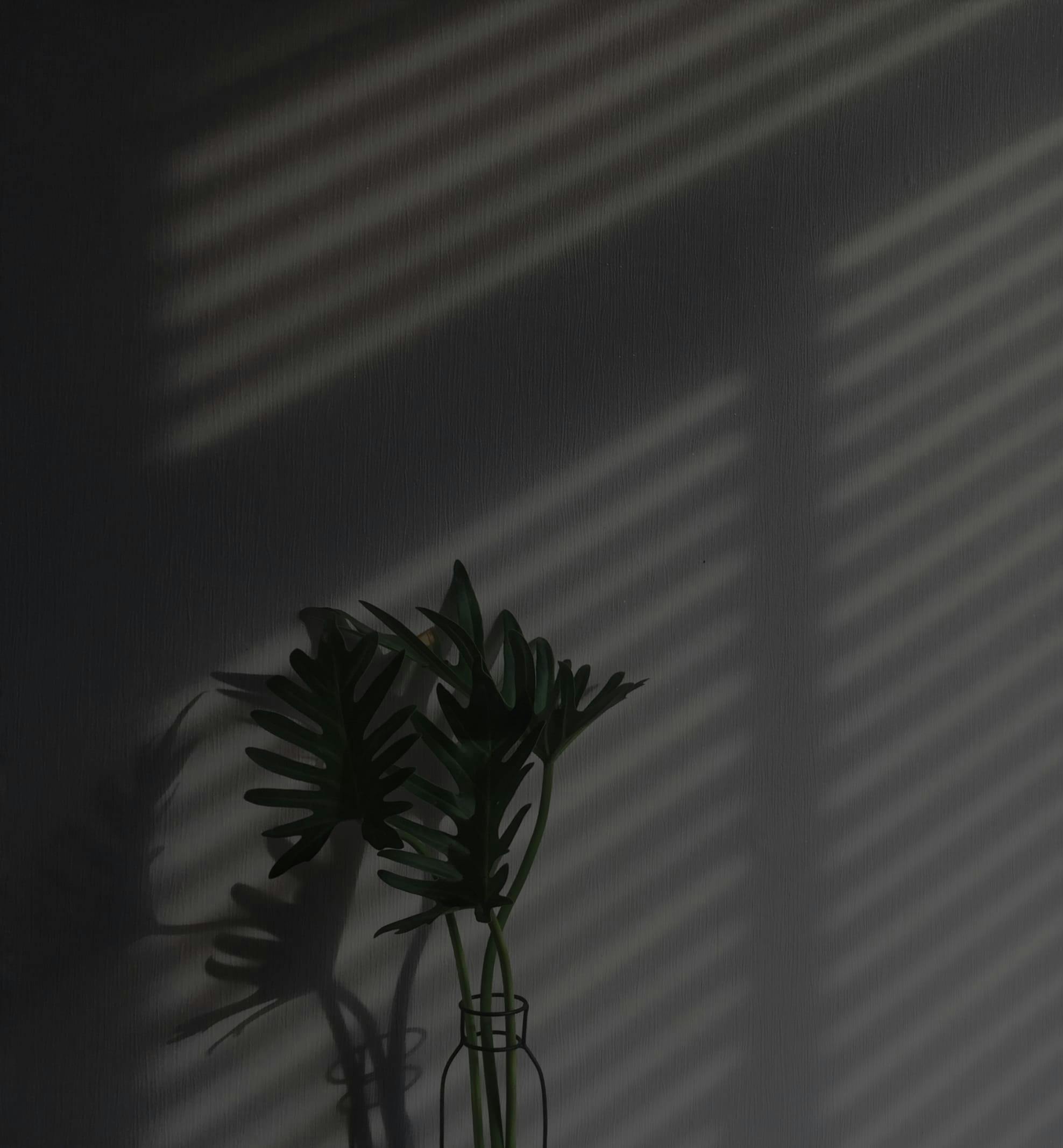One of the more common requests in rhinoplasty is for surgeons to improve the dorsal hump, or bump on the nose.
Anatomy and Variations of Nasal Humps Understanding Bone and Cartilage Dynamics
Some patients with a nasal bump may be a result of excessive bone or cartilage. Most nasal humps are made up of a combination of either bone or cartilage. Most nasal humps have a cartilaginous component with amount of bone but all humps vary. The cartilage of the nasal hump consists of the septum connected to the upper lateral cartilages which is often called the cartilaginous pyramid of the nose. Every nose is different and some patients will have longer upper lateral cartilages or smaller ones based on their anatomy. The angle at lower edge of this pyramid is important near the top of this pyramid is important and is called the internal nasal valve. This angle is normally around 10-15 degrees and is where in many people the narrowest part of the airway. We need support along this area or breathing can be compromised. This area can be assessed with direct visual inspection and supporting the nose. In substantial nasal humps, the nose may even require rebuilding of certain components to help maintain symmetry of the nose on the frontal view with the use of spreader grafts.
